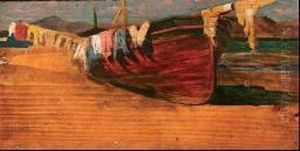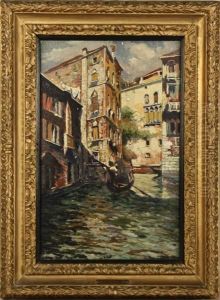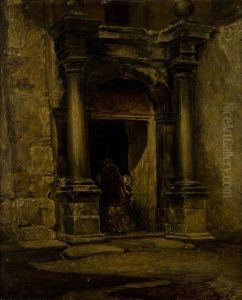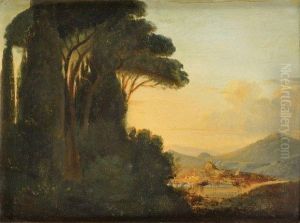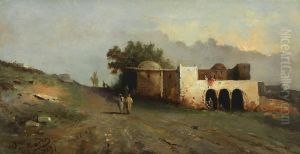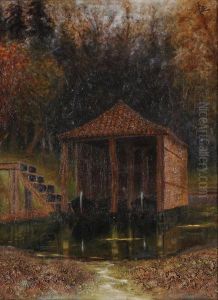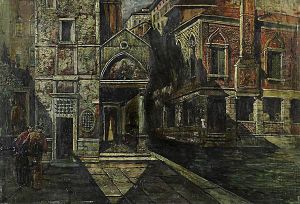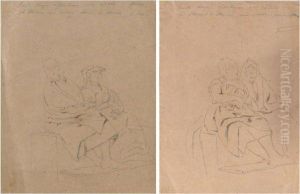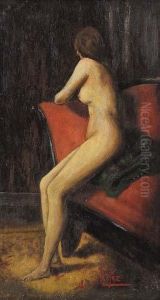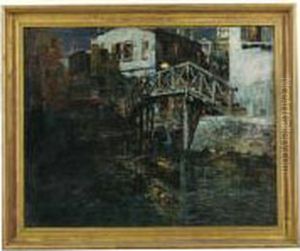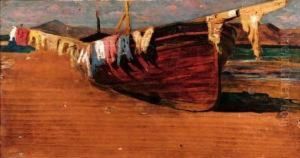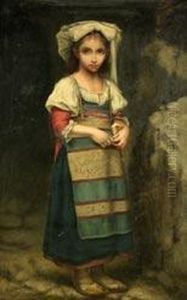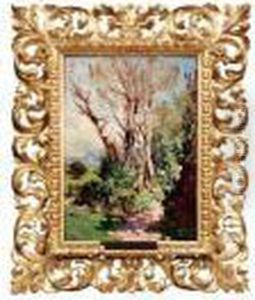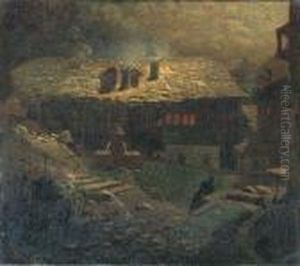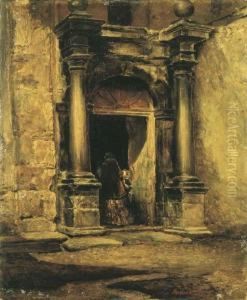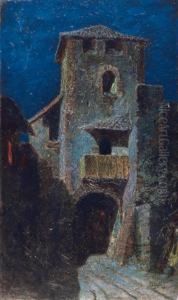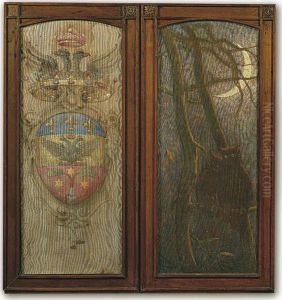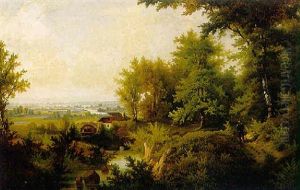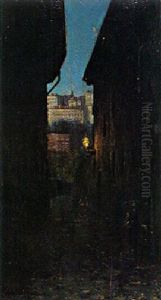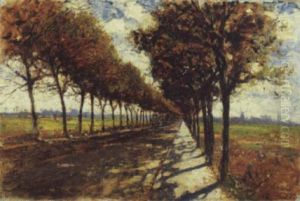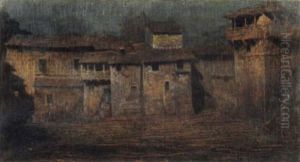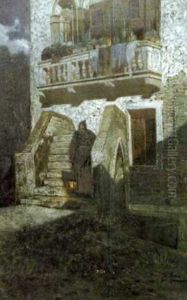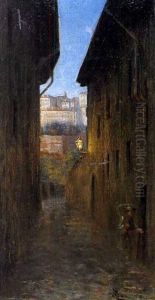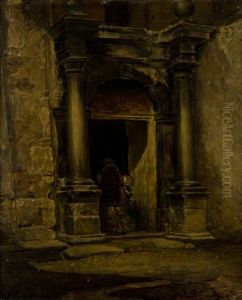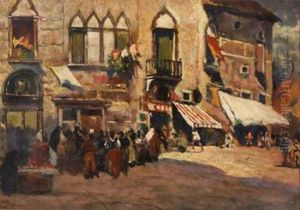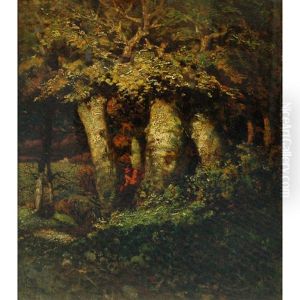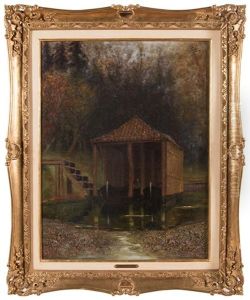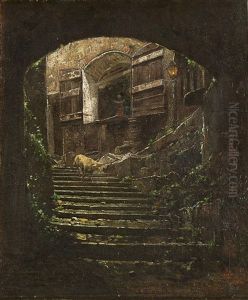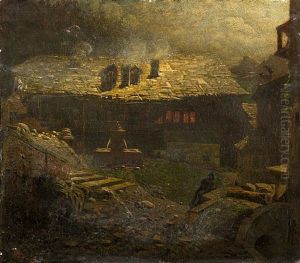Mario De Maria Paintings
Mario De Maria, also known by the pseudonym Marius Pictor, was a notable Italian artist born in 1852 in Civitanova Marche, and he passed away in 1924 in Bordighera. De Maria's artistic journey began at a young age, influenced by the cultural richness of Italy and the burgeoning art movements of the 19th century. He initially trained in Rome, where he was profoundly influenced by the classical and Renaissance traditions that pervaded the city's art scene. However, De Maria's style evolved significantly over the years, incorporating elements of Symbolism and, later, Art Nouveau. His work is characterized by a delicate interplay of light and shadow, a hallmark of his refined technique and his exploration into the emotional depth of his subjects. De Maria was particularly fascinated with themes of melancholy, love, and the metaphysical, often portraying ethereal figures and dreamlike landscapes that invite contemplation. Despite his considerable talent, Mario De Maria did not gain the same level of fame as some of his contemporaries during his lifetime. However, his contributions to the Italian art scene have been increasingly recognized and appreciated in the years following his death. Today, his works are celebrated for their beauty, technical skill, and the unique place they hold at the crossroads of several important art movements of the late 19th and early 20th centuries.
